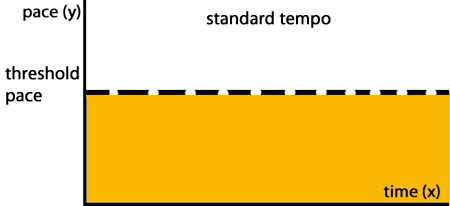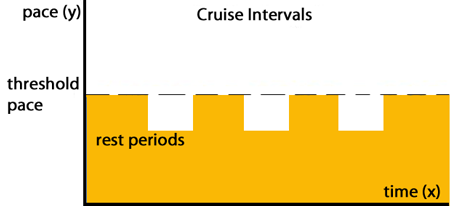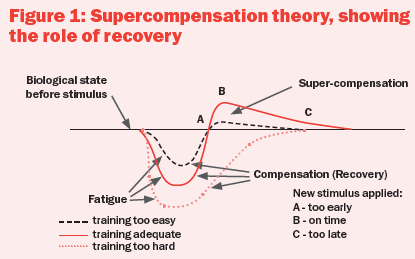Running 101 – Basic Running Types Part 4: Tempos
Back in the 1970’s, Jack Daniels, a former professor of Phys Ed and running coach, was the first to popularize tempo runs and the benefits of training at different intensities. His training philosophy largely suggested that it’s possible to raise our capacity to train at more intense levels through our body’s ability to adapt over time. Daniels initially defined tempos as 20-minutes of steady running at about 90% of a runner’s maximum heart rate (HR). The idea is to push your lactate threshold so that your body learns to run faster and longer before becoming fatigued.
Today, tempo runs have taken on a different form. Ask any runner what they think a tempo run is and you’re almost always guaranteed to hear very different takes on it. Both coaches and runners have tried to define tempo runs using these three metrics: pace, HR, and effort. Unfortunately, the guidelines vary for each one, which is problematic, but I’ll try and give you some basic idea of how I’ve structured my tempos using these same metrics.
Some training plans suggest using a 5k, 10k, Half, or Marathon pace as a benchmark when doing a tempo run. For instance: if you’re training for a half, set your tempo pace to your 10k race pace and add 15-20 seconds/mile. For a marathon, try your half marathon race pace and add 25-30 seconds/mile. Note that tempos are generally most beneficial when training for longer distances above a 1ok, mainly because anything shorter you’d probably run at a faster pace than your tempo pace anyway.
- If you’re completely unfamiliar with your pacing, you might consider running around a track or a route with a set distance – run it at a steady pace just slightly faster than your average, and just time yourself. Check out Cool Running’s pace calculator.
HR is probably an easier way of conducting your tempo runs if you already run with a HR monitor. You just need to determine your maximum HR and run at 88-92% of your max for about 20 minutes. If it seems too difficult or you’re struggling with your breathing, you’ll need to scale back the duration of your workout or opt for cruise intervals (my favorite running terminology!)
- Cruise Intervals are structured like interval workouts in the sense that it breaks apart a tempo run with consistent breaks throughout. It allows runners to extend their distance at tempo pace without tiring out too quickly. This Running Times article on the “T-word” goes into it in greater detail.
Effort is the most subjective type of measurement for a tempo run. Everyone has their own version of “comfortably hard” and there’s no clearcut universal way of evaluating effort across different types of runners. So how do you set your pace based on effort?
- Remember that “comfortably hard” means just fast enough that you can’t hold a conversation. In the middle of your run, ask yourself if you can keep that same steady pace for an hour – you should be able to if you’re running at the correct pace. If you start to slow down too quickly into your tempo run, you’re going out too fast.
Tempos fall just under speed intervals when it comes to training intensity. You’re not running at your max HR, but you get real close and you hold it for a pretty long time. It’s not pleasant, but it teaches you to run at a consistent pace. And not just any pace, but a pretty darn fast one.




